|
It has come to an end and I am still alive, barely. You probably know the feeling after you focused and worked hard to achieve something and now that it is over you are just so tired and a bit empty. That's how I feel after a show. Don't get me wrong: I absolutely love it! However, Osnabrück left me with mixed feelings this year. During my many workshops I was positively impressed with peoples' progress. It is so nice to watch people mastering a new skill and having fun. We laughed so much! During the tape measure workshop I met a young lady of twelve years who made the most exquisite buttonhole needle lace I've seen in a long time. She confessed that she had never really stitched before... Can you imagine what she might be up to in 25 years? And shows are of course a great possibility to go shopping! I bought several metal monogram templates sporting gorgeous JGs from Angelika Luft. Waterlilies 12-ply spun silk colour tangerine by Caron from Sticken und Staunen and Au ver a Soie silk perle from Werkstatt für historische Stickmuster. And I bought a lovely violet linen dress made by Aiste Design Studio Lithuania. Mixed feelings? I had a great time! However, we made quite a loss mainly due to the high stand costs. In addition, too many items left the stand without being paid for. This has, thank god, never happened before. It leaves me feeling gutted after the past months of hard work. You will understand that I won't attend Nadel & Faden 2016. Instead, I'll search for a cheaper option closer to home and hope to see you there! And now I am going to pamper myself with a French cross stitch kit by Nathalie Cichon bought from Stickkunst. Cross stitch? Yup. It sparked a great idea for a future kit. And since Nathalie probably needs to put bread on her table too, I'll gladly pay for the spark!
12 Comments
Last week, we examined the basis of Appenzell embroidery: padded satin stitch. This week, we'll have a closer look at other major components: Höhlen or drawn thread work, Lääteli or pulled thread work and Spetzlistiche or needle lace. This sampler, made by Martha Ackermann and part of Verena Schiegg's collection, mainly shows pulled thread work. First, the outer line of the design area (in this case squares) is worked in padded satin stitch. Next, threads are taken out from the back to open up the fabric. For instance, every fourth vertical and horizontal thread is cut and taken out. This 'canvas' is now filled with stitches with a thread as fine as the fabric threads. Here is a close up of some of the filling stitches. Today, only about twenty stitch patterns are still in use. However, the Appenzell Museum (well worth a visit!) has a sampler with 124 different patterns. Unfortunately, without taking it apart, it is impossible to tell how these were made. Some patterns are similar or equal to those used in Schwalm embroidery. You can find more on this whitework technique very suitable for beginners on Luzine Happel's blog. Do you see the ladder-like structures in the above monograms? These are called Lääteli and are a form of pulled thread work made with hem stitch. Finally, the creme de la creme of Appenzell embroidery is formed by the Spetzlistiche: very fine needle lace. See the filled roundels on the above cuff? That's the stuff. The outer line of the design element is worked in padded satin stitch. Then the fabric is cut away carefully. Buttonhole stitches are worked over the padded satin stitch to clean up the border. Now a piece of lace is formed by anchoring threads into the buttonhole stitches. Nowadays, Appenzell embroidery can still be seen on the festive folk costumes of the region. Collar or Schlottechrage and cuffs are elaborately embroidered.
That's all for now folks. Back to packing the last bits needed for the show in Osnabrück at the end of the week. Hope to meet many of you there! My three days learning Appenzell embroidery with Verena Schiegg were very special. I learned a lot, both embroidery-wise and teaching technique-wise. As three days are not nearly enough to conquer any new embroidery technique, I am certain to return soon to Appenzell in Switzerland. For those of you who haven't seen the video in last week's post, I highly recommend it as it gives you an understanding of Appenzell embroidery in its historical context. But first things first. As most of you are probably aware of: Switzerland is expensive! So me and my friend Luise needed a cheap place to sleep. Luckily, Luise had been before and new just such a place: nunnery Maria der Engel in the centre of Appenzell village. The late 17th century nunnery has seen very little modernisation. The last Capuchin nuns left in 2008. Since then the nunnery is run by a small group of dedicated women. They mainly cater for pilgrims on the Camino de Santiago. Below is a picture of my cell. Do follow the link to their website for more pictures of this truly special place. From Maria der Engel, it was only a short walk up the hill to Verena's home. She has a cosy room on the second floor of a traditional Swiss house in which she teaches. Verena teaches individuals and small groups for a fee of 110 Swiss francs per day. This fee is comparable to that of the Royal School of Needlework. Appenzell embroidery uses a limited number of surface stitches combined with drawn and pulled thread work and a form of needle lace. As I am an absolute novice in fine white work, I decided to start work on a surface embroidery sampler. It is in essence a page from a catalogue. Prospective customers could choose their design from such a catalogue and have it stitched. Several different stitchers would work on the piece, each with her own field of competence. This is the result of three days stitching. Verena had transferred the pattern onto the linen with the help of a Stöpfel (pricking), charcoal powder and a fixative. The Stöpfel is made with a machine and forms a separate craft not executed by the stitcher. The holes need to be fine and quite close together in order for the powder to form a continuous line to stitch on. An art in itself. One of the characteristics of Appenzell embroidery is the use of light blue cotton yarn of different thicknesses. My particular sampler will be stitched with a #55. However, the finest threads are about #160 used for the needle lace parts. Unfortunately, both the very fine linen we stitched on and the special threads are very hard to come by nowadays. As Appenzell embroidery was made for export, it was important to be economical with time and materials whilst still achieving a masterpiece. This becomes apparent when taking a closer look at the Spengen (padding technique) used under the Blatten (satin stitches). These produce long stitches on the top and small stitches at the back. In this way, thread is saved with the padding itself, but also during the later satin stitching as there is no bulk on the back for the satin stitch to also go around. You'll see the padding stitches in the picture above (red arrow). Each and every bit of the above design is padded with at least two threads before being satin stitched. Only exception: the tiny little eyelets forming the hearts of the flowers. To give you an idea of size: the above stitched area is only 28x32 mm! Part of the design is filled with tiny seeding. Getting a smooth finish and keeping the sheen on the thread will be beyond my grip for a while. This only comes with practice. From tomorrow onwards until Sunday, I will be stitching at the Pilatus Haus in Oberammergau again. This will give me plenty of time to make a good head start with my sampler. I will leave you with a picture of the beautiful alpine surroundings of Appenzell. If you are interested in learning this very fine white work technique, do contact Verena. There are no books from which you could learn the typical Appenzeller way of stitching. In addition, the materials are very hard to come by and are either old left overs or especially made for Verena. Before embarking on learning such a fine embroidery technique do keep in mind that you'll need very good eyesight, diligence and a patience butt to sit on!
Hope to see you next week for more on the pulled and drawn thread work and the needle lace involved in Appenzeller embroidery. Happy stitching!
In a few hours, I will leave for Switzerland. Together with a friend, I will go to Verena Schiegg in Appenzell. Verena is one of only a handful of people who teach the very fine Appenzeller Whitework. I am so looking forward to the coming days! Will tell you all about it next Monday. In the meantime, for all of you not familiar with this type of whitework embroidery, here's some background information.
Hand embroidery as a way to earn a living dates back to the early 19th century in this rural alpine area near St. Gallen in Switzerland. Times were hard and hunger was either present or never far away. Talented people of either sex and children started to earn a little extra by stitching handkerchiefs, collars, christening robes, shawls and the like as home workers. The older pieces use fine chain stitches to stitch out the patterns. After only a decade or so, satin stitch took over. The products were highly valued and exported to France and the United States. The decline set in the third quarter of the 19th century with the introduction of embroidery machines. However, some very delicate work couldn't be done with a machine. Finely embroidered handkerchiefs, dresses, men's shirts and bed sheets were still highly valued around the turn of the century. Finely worked pieces were the stars of national and international exhibitions with young embroideresses demonstrating their skill. The Second World War led to the final demise of this type of home work. Export opportunities broke away and after the war, fashion had changed and Appenzeller embroideries were no longer 'hot'.
For those of you who haven't seen the documentary 'Fleiss auf Weiss' (Diligence on White), do click on the video above. Flash forward to 54 minutes for English spoken commentary.
And last but not least, a very warm welcome to all my new readers who signed up after last week's blog post was featured on Mary Corbet's Needle 'n Thread on Friday! It is amazing to think that Appenzell will soon be known in Australia, Argentina, Canada, Colombia, Denmark, France, Germany, Guatemala, Gabon, Morocco, New-Zealand, Netherlands, Portugal, Romania, Spain, Tanzania, United Kingdom and the United States. |
Want to keep up with my embroidery adventures? Sign up for my weekly Newsletter to get notified of new blogs, courses and workshops!
Liked my blog? Please consider making a donation or becoming a Patron so that I can keep up the good work and my blog ad-free!
Categories
All
Archives
July 2024
|
Contact: info(at)jessicagrimm.com
Copyright Dr Jessica M. Grimm - Mandlweg 3, 82488 Ettal, Deutschland - +49(0)8822 2782219 (Monday, Tuesday, Friday & Saturday 9.00-17.00 CET)
Impressum - Legal Notice - Datenschutzerklärung - Privacy Policy - Webshop ABG - Widerrufsrecht - Disclaimer
Copyright Dr Jessica M. Grimm - Mandlweg 3, 82488 Ettal, Deutschland - +49(0)8822 2782219 (Monday, Tuesday, Friday & Saturday 9.00-17.00 CET)
Impressum - Legal Notice - Datenschutzerklärung - Privacy Policy - Webshop ABG - Widerrufsrecht - Disclaimer

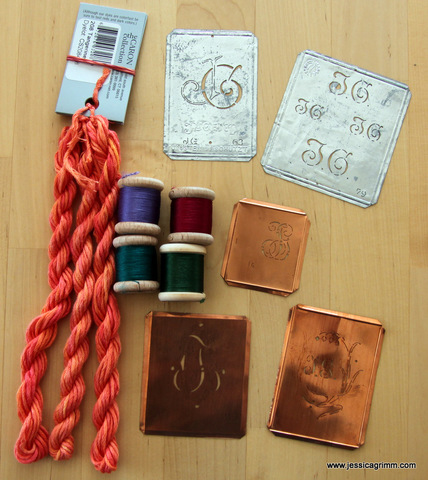
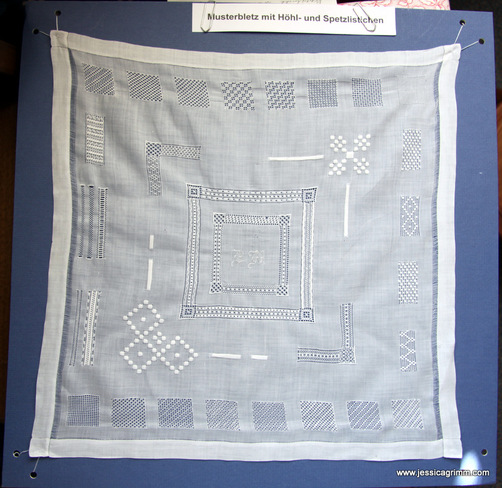
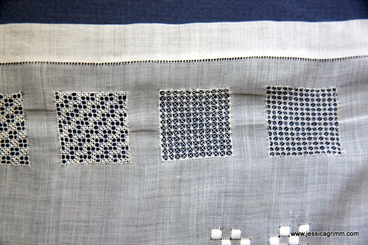
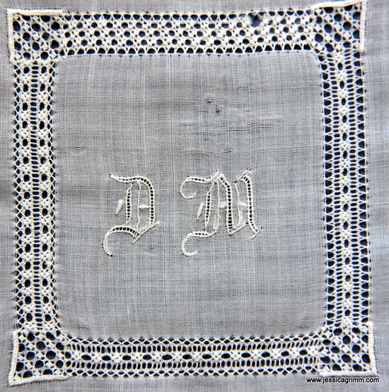
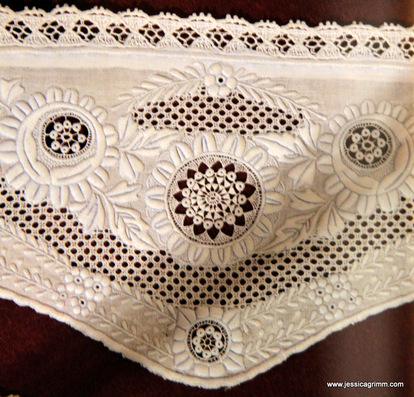
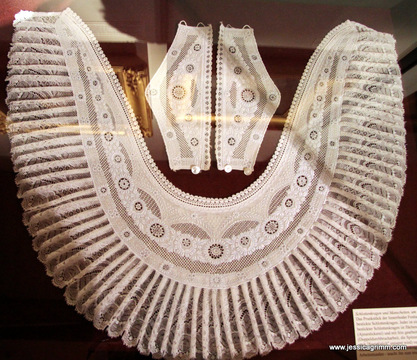
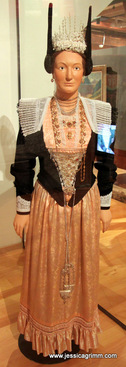
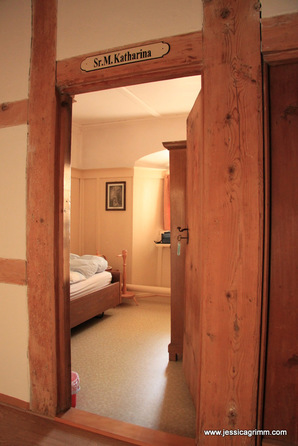
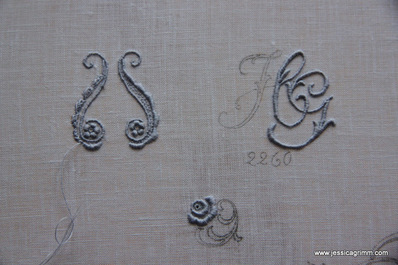
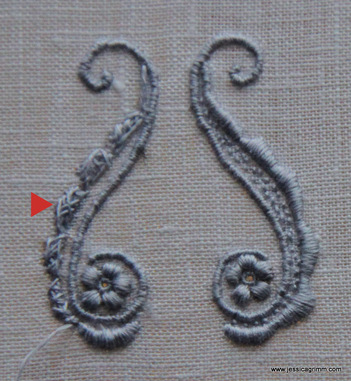
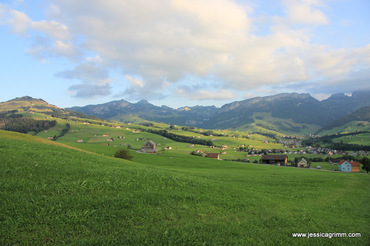





 RSS Feed
RSS Feed